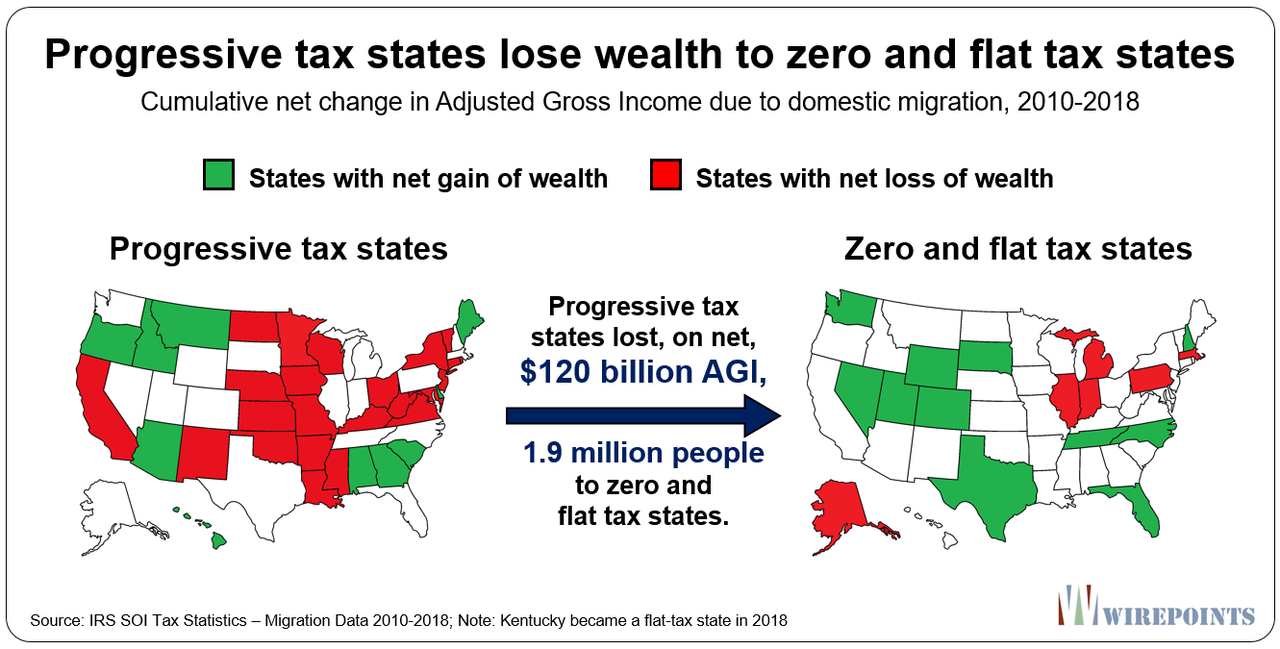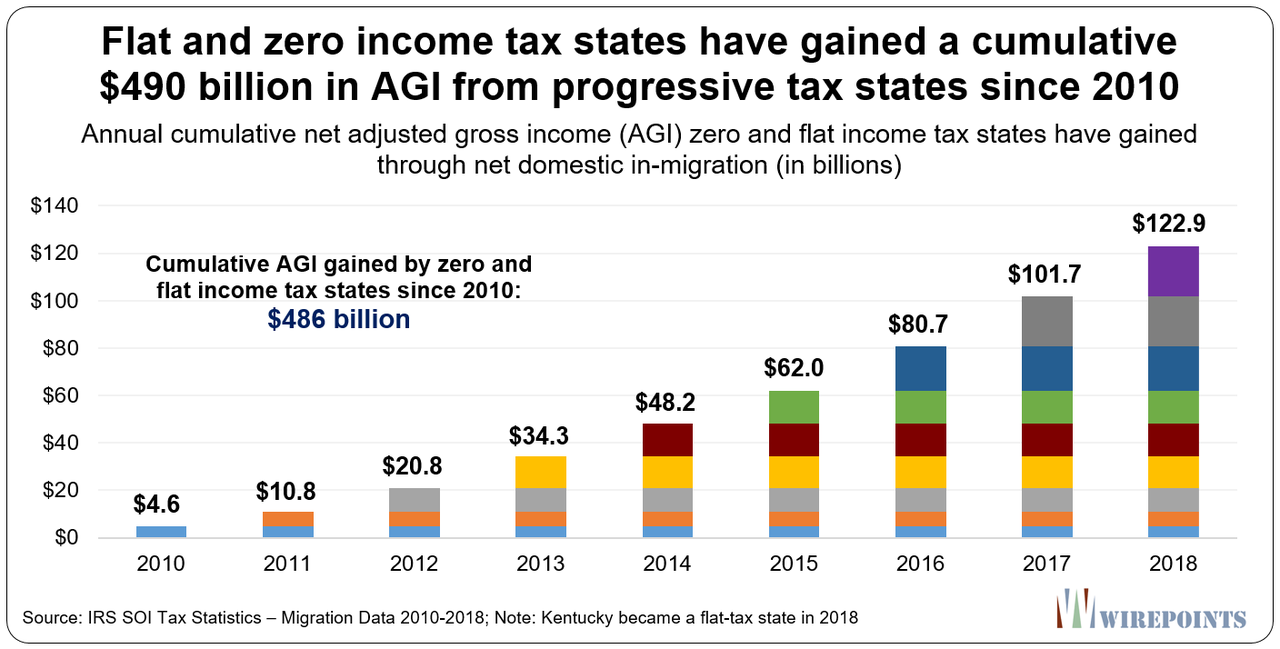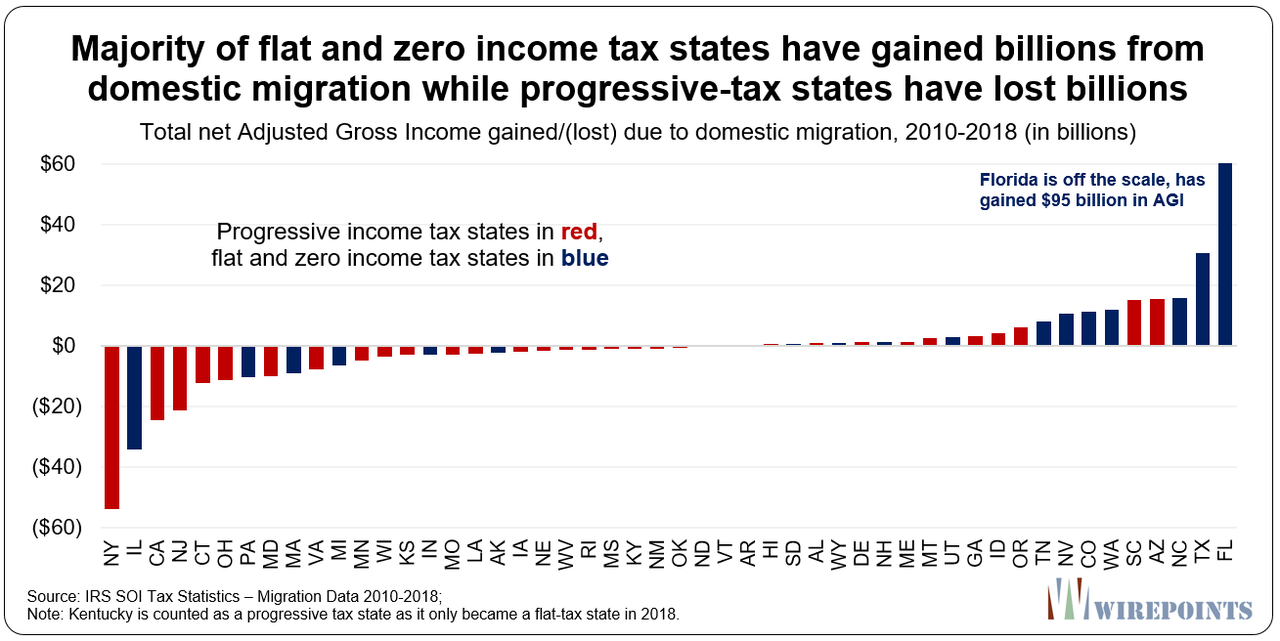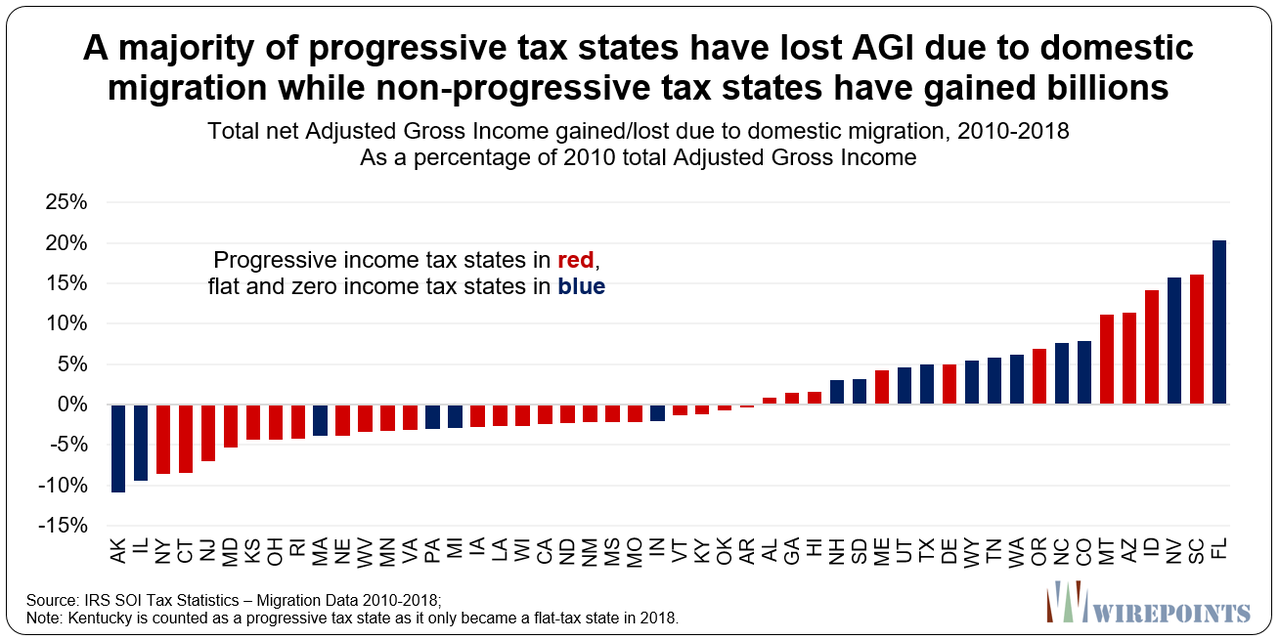You’ve likely seen a mirror covered in chunky spray foam in pastel pink or vivid orange on Instagram lately. Or maybe even an entire bench covered in it. As it turns out, spray-foam decor is becoming one of the biggest trends of the moment, and it’s also one of the easiest and most affordable things to try.
I first saw spray-foam mirrors from the Copenhagen-based designer Anna Thoma, who had been creating massive mirrors with dreamy pink foam lining the edges. (Abigail Campbell, who sells vintage furniture and recently began making foam mirrors, also first saw them on Anna’s account.) But sometime this spring, I also started seeing almost everyone I know with their own decadent foam mirror that they had DIY’ed. Small oval-shaped mirrors rimmed in pink foam, huge square ones covered in orange-hued foam, and others left in the natural off-white hue began framing lots of selfies in my feed.
“I came across a tutorial from Flex Mami and realized just how foolproof they were to DIY,” explains Abigail, who recently began selling the mirrors and donating proceeds to the Minnesota Freedom Fund, Reclaim the Block, Black Visions Collective, The Marsha P. Johnson Institute, Justice for Breonna Taylor, and The Okra Project.
“When I first posted my version of the DIY to stories, I was surprised to see a lot of people reaching out asking if I could make them one,” she says. “It didn’t occur to me that people wouldn’t want to make it themselves. When the Black Lives Matter protests began, related organizations and bailout funds were in desperate need of donations. Since I still had people requesting mirrors, it seemed like a no-brainer to continue foaming a little while longer but give all of the proceeds to the organizations in need the most.”
The fun thing about the foam trend is that you don’t have to be too precise and it’s super-affordable to DIY, yet it still looks like a very original, unique statement piece. Designers and DIY’ers alike have been putting their own touches on each piece too, like painting the foam in ombré hues. Gustaf Westman has even created foam-covered benches.
“I think the appeal was born out of the repopularization, due in large part to social media, of the Ultrafragola mirror and the desire to have a unique piece to frame your mirror selfies,” adds Abigail. “With the price tag coming in nearly 99 percent less than that of the Memphis design piece and people being stuck at home, it’s no surprise it’s been such a popular DIY as of late.”
If you want to give it a go yourself, you’ll just need a mirror (or a piece of furniture, if you’re feeling adventurous) and a can of spray foam, which can be found for under $10 at most home improvement stores. Make sure the area you’re working in is well-ventilated, with open windows. You should also wear protective gloves and a mask. Set up the area by placing the mirror under a large trash bag or tarp and then spray the edges of the mirror (you can test it on a piece of paper to decide how you want to apply) and let it cure for 24 hours. If you want to, you can also add some color with either spray paint or acrylic paint.
Of course, if you’d rather buy one from the experts, there’s no shortage of people making these mirrors. Anna Thoma may just be the originator of this style, but Jude Camden has also started making a variety of mirrors, and stools and Gustaf Westman’s foam benches are next level. So far, we’ve yet to see the trend pop up on the sites of mainstream retailers, but there are a variety of independent designers stocking them. In this case, Instagram is your best bet for finding tutorials and the designers who are making them.
https://www.architecturaldigest.com/story/spray-foam-decor-is-having-a-moment-among-designers-and-diyers?mbid=synd_yahoo_rss





